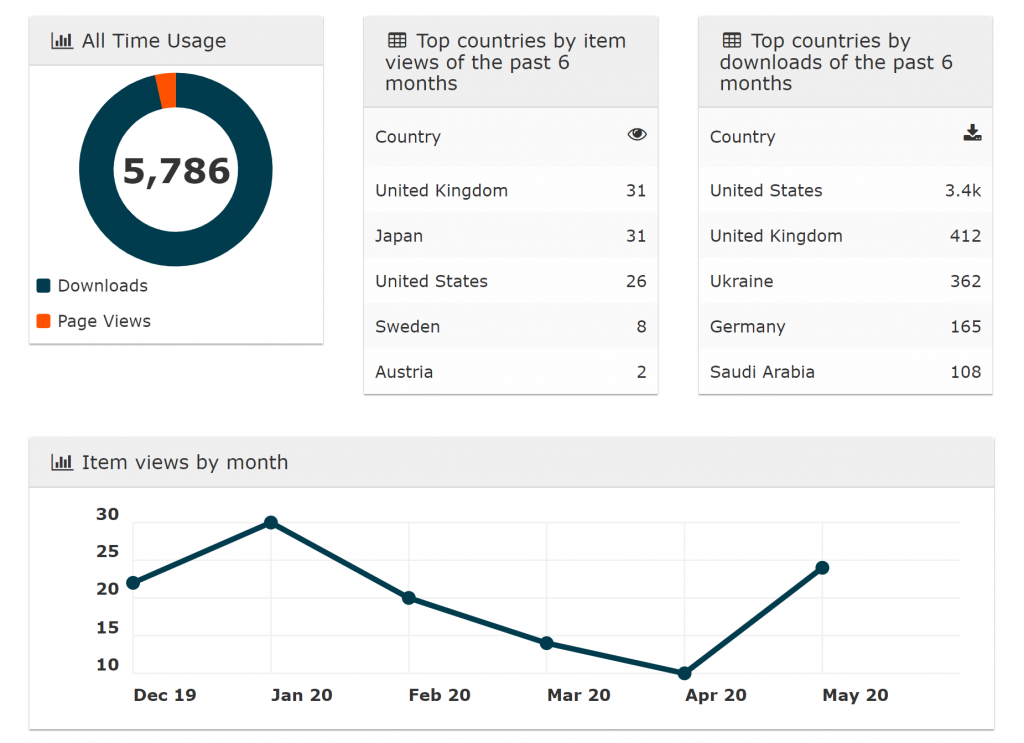
June 15, 2020, by Digital Research
Features of the Research Data Repository
This blog explores some of the features and benefits of the University’s Research Data Repository.
The Research Data Repository is a platform for storing and promoting your data. It allows you to make your raw data and other outputs accessible to others and guarantees their secure storage over the long term.
***
In a series of recent interviews, which you can listen to here, colleagues highlighted aspects of the repository that they found particularly helpful:
“One of the benefits of using the data repository is just how easy and intuitive it is”
“We can reassure referees for our papers that they can go and look at the raw images”
“It occurred to me as I was very close to my submission deadline that I wanted to put a link to [my database] in the thesis . . . It was a very fast and efficient process”
“They provide you with a DOI straight away, as soon as you click upload”
Anyone at the University can use the repository to store research data over the long term. You can upload items as diverse as experiment protocols, software code, interview recordings/transcripts, databases, survey responses, images and photos, mathematical models, policy papers, and much more. All uploads receive a DOI, which is a unique and permanent identifier that connects your uploaded files to the web. The permanence of this link means that deposits can confidently be shared with funding bodies or referenced in publications.
If your data are connected to, for example, a forthcoming book, journal article, or conference presentation, you can stipulate an embargo to make sure the deposit goes public only on a given date. For extremely sensitive data, the ‘dark archive’ option ensures that while your data are safely stored, their presence in the repository is never made public. No-one will be able to see that the files are there.
Visitors to the repository can browse by author and subject matter, should they be seeking material on a particular topic. This means additional exposure and impact for your work.
Another useful feature—this time from the perspective of someone who has made a deposit—is the ability to monitor statistics on downloads and views. You can see, for example, that the dataset referenced below has been downloaded over three thousand times in the last six months. The repository is a great way to get your data viewed, reused, and cited.

Depositing data in the repository takes just a few simple steps. The process is guided from start to finish.
Promote your research, support your findings, comply with funding body requirements, and secure your work over the long term. Visit and explore the repository here: rdmc.nottingham.ac.uk.
For additional support, please email ua-researchsupport@exmail.nottingham.ac.uk or get in touch with a Digital Research Specialist.
Sorry, comments are closed!
